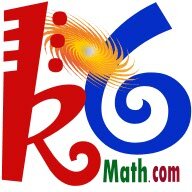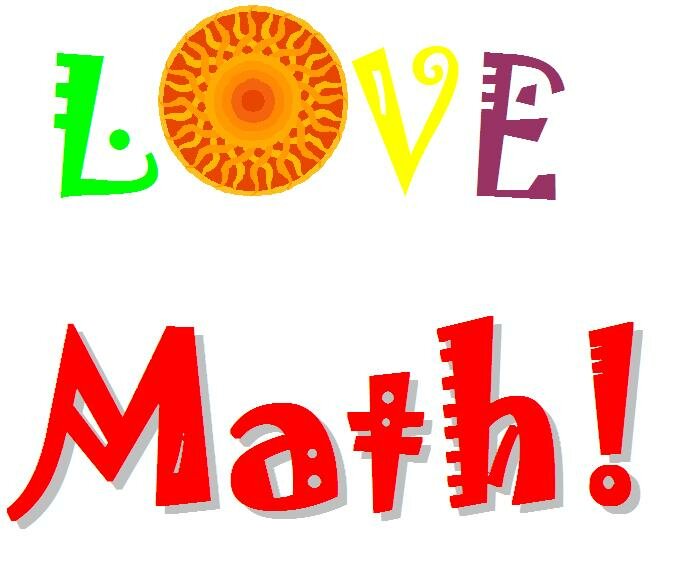 |
 |
 |
|
|
||
|
|
||
The Kinesthetic Learning StyleHow do you identify the child who uses the kinesthetic learning style?How to tailor your math tuition to suit this child. The weaknesses you need to keep a sharp eye out for! The child who uses the kinesthetic style of learning is easily identified.This childs idea of a nature walk is tree climbing!They like to, sometimes even need to, move around a room while learning. They will be expressive, and often use hand gestures while learning. Often, they like to have conversations while walking. They prefer to work with their hands. They tend to not put much thought process into a problem before jumping right into trying to solve it. If you feel your child does not exhibit the typical kinesthetic learners characteristics, visit our other styles of learning section to establish which style your child predominantly leans towards. How to tailor your math tuition to suit this childFortunately for this style of learner, though it is often forgotten, math is a living subject. It can be seen and touched in all walks of life. This is what you should concentrate on.Though children using the other styles of learning like to see any subject appear on paper - your child is different. When introducing a new area of math, start with the manipulatives! The manipulatives you purchase at the store, can be expensive - though are worth every penny for this child. If you don't want to make new, you can use just about anything you already own, to detail different areas of math. A bean can is the perfect cylinder. You can count and measure anything you have - toys, books, food products. The kinesthetic learner needs to see and touch what they are learning. Once they can do this, introducing the text book version of facts and figures will be easier. Weaknesses to be aware of.The kinesthetic learner does not take directions very well. They prefer to reinvent the wheel. Often it appears they are 'winging it' trying to figure things out as they go.Because of this, math problems tend to be much harder than they should be! This can lead to frustration and a tendency to either 'abandon ship' or blame someone else, (generally the teacher!) Their extreme hands on approach which can be frustrating, is what is the concrete in their learning however. So it should be focused on as a huge strength also. It may be a frustrating learning path, however, once they get it, they get it! Remember also, never put your child in a 'box'. This is just a guideline to learning styles. If a child can hear and see, they also learn through the visual style and auditory learning style. We all learn through many avenues, but tend to favor one over the others. However our learning styles do change. And ultimately, in the academic world, exams are presented through the medium of paper and ink. Your child will have to be familiar with this! Move from Kinesthetic Learning Style to I Can do Math Now home page. Don't miss this oportunity to subscribe to my e-zine |

Custom Search
|
|
|
|
||
| Template Design | ||
|
|
||